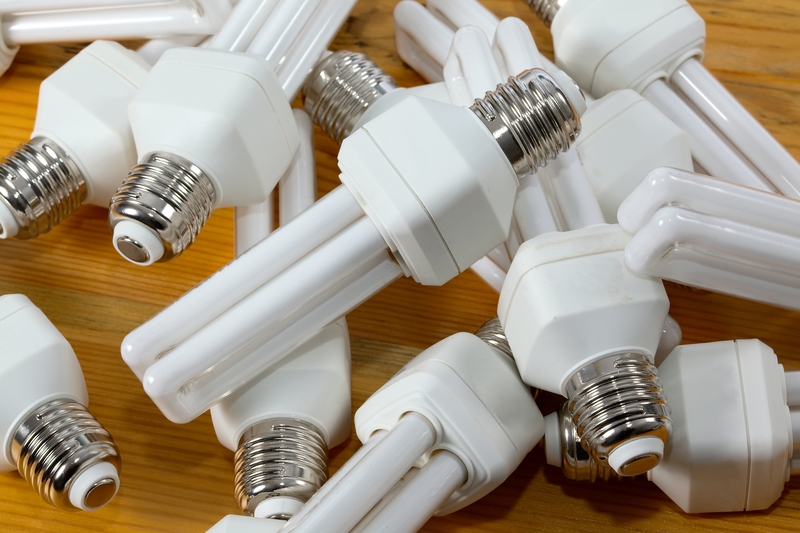The Path to Creating an Eco-Friendly House
In an era where environmental consciousness has become a pressing need, the journey toward constructing an eco-friendly house is more relevant than ever. Transforming a traditional home into a sustainable living space can significantly reduce your environmental footprint and promote a healthier lifestyle. This comprehensive guide will walk you through everything you need to know about designing an environmentally-friendly home, from initial planning to final execution.
Understanding Eco-Friendly Construction
Before delving into specifics, it's important to understand what constitutes an eco-friendly home. This type of house is constructed and maintained using principles of energy efficiency, water conservation, and responsible resource usage. The aim is to minimize waste, maximize efficiency, and promote sustainability without compromising comfort or aesthetics.

Key Components of an Eco-Friendly House
To design a sustainable home, consider incorporating the following components:
- Energy Efficiency: Implementing solutions that minimize energy usage, such as solar panels and LED lighting.
- Water Conservation: Utilizing low-flow faucets, and rainwater harvesting systems to reduce water wastage.
- Sustainable Materials: Choosing recycled and non-toxic materials for builders and decorators.
- Waste Reduction: Incorporating comprehensive recycling programs and composting areas.
- Indoor Air Quality: Using natural ventilation and non-polluting materials to maintain a healthy indoor environment.
Step 1: Planning Your Eco-Friendly House
The journey to an eco-friendly home begins with meticulous planning. Here are some initial considerations:
- Site Selection: Choose a location that maximizes natural light and airflow.
- Size and Layout: Smaller homes are generally more sustainable. Design a layout that optimizes space and reduces the need for artificial heating or cooling.
- Budgeting: Plan your finances to accommodate sustainable technologies and materials, keeping in mind potential long-term savings.
Step 2: Sustainable Design and Construction
The design phase sets the foundation for an eco-friendly house. Focus on the following elements:
- Use of Natural Light: Maximize windows to reduce dependence on artificial lighting.
- Efficient Insulation: Proper insulation reduces energy needs for heating and cooling.
- Passive Heating and Cooling: Incorporate thermal mass and shading to maintain comfortable temperatures.
- Quality Over Quantity: Use durable materials that withstand time, reducing the need for replacements.
Step 3: Integrating Green Technologies
Modern technology allows homes to be more self-sustaining and efficient:
- Solar Power: Install solar panels to harness clean energy and potentially offset electricity costs.
- Smart Home Systems: Use smart thermostats and lighting to automate and optimize energy use.
- Efficient Appliances: Choose Energy Star rated appliances to reduce energy consumption.
Step 4: Water Efficiency and Landscaping
Conserving water is vital in an eco-friendly house:
- Low-Flow Fixtures: Reduce water usage in showers, toilets, and faucets.
- Xeriscaping: Implement drought-resistant landscaping to minimize water needs.
- Rainwater Harvesting: Collect rainwater for garden and non-potable uses.
Step 5: Waste Management and Indoor Environment
A sustainable home promotes healthy living while minimizing waste:
- Recycling Systems: Equip your home with easy-to-access recycling bins.
- Composting: Convert kitchen waste into nutrient-rich soil.
- Eco-Friendly Paints and Finishes: Use products that have low VOCs to improve indoor air quality.

The Benefits of an Eco-Friendly House
Creating an eco-friendly home offers numerous advantages:
- Environmental Impact: Reduced carbon footprint and minimized environmental degradation.
- Cost Savings: Lower energy and water bills can result in significant savings over time.
- Health Benefits: Improved indoor air quality and a healthier living environment.
- Increased Property Value: Sustainable homes are often more attractive to potential buyers.
Conclusion: Embarking on a Sustainable Living Journey
Transitioning to an eco-friendly house is a journey toward sustainability, efficiency, and health. By integrating these principles into your home design and lifestyle, you can significantly contribute to a greener future while enjoying personal benefits. Remember, every step counts--whether it's a small change in your current home or a complete overhaul to create a state-of-the-art sustainable dwelling. The choices you make today could pave the way for a better tomorrow.
Leverage this opportunity to evaluate your needs, align them with modern ecological practices, and ensure a harmonious living space that respects and nurtures the planet. Your path to a sustainable home starts now.